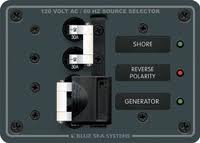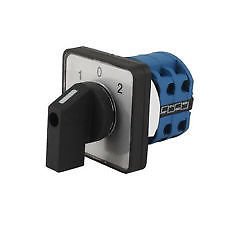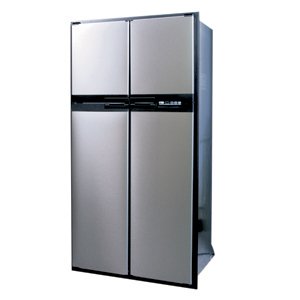Whistledoc
Veteran Member
Have just installed an inverter to run our 21 cu. ft. household type side by side ref/freezer. Previously when underway would run generator during day for refrigerator and other needs: chargers, bilge blowers, AC, etc. At night we would shut the generator down and holdover was fine for about 18 hours, When staying at anchor for extended periods running the generator for the refrigerator is not a very efficient way to go as the duty cycle of the refrigerator is about 30-40% so we are running the generator 60% of the time to no advantage.
I have installed a 1500 watt run / 3000 watt surge cheapo inverter dedicated to the refrigerator which has a run load of about 185 watts (measured). For a starter I have installed four golf cart batteries with a dedicated 30 amp charger and the system works fine. I may add more batteries later as I have not been out long enough to see what the holdover time is with the 4 batteries. I installed a relay and there is an audible alarm should we lose 110 power going to the refrigerator. This would be mostly in case the inverter tripped for some reason. So right now I am running refrigerator 24/7 off the inverter charging with it own charger, off shore power or generator,
Here is my question: Is there any advantage to adding a manual transfer switch or a relay that would transfer the refrigerator load to shore power when she is berthed for extended periods of time?
I have installed a 1500 watt run / 3000 watt surge cheapo inverter dedicated to the refrigerator which has a run load of about 185 watts (measured). For a starter I have installed four golf cart batteries with a dedicated 30 amp charger and the system works fine. I may add more batteries later as I have not been out long enough to see what the holdover time is with the 4 batteries. I installed a relay and there is an audible alarm should we lose 110 power going to the refrigerator. This would be mostly in case the inverter tripped for some reason. So right now I am running refrigerator 24/7 off the inverter charging with it own charger, off shore power or generator,
Here is my question: Is there any advantage to adding a manual transfer switch or a relay that would transfer the refrigerator load to shore power when she is berthed for extended periods of time?



